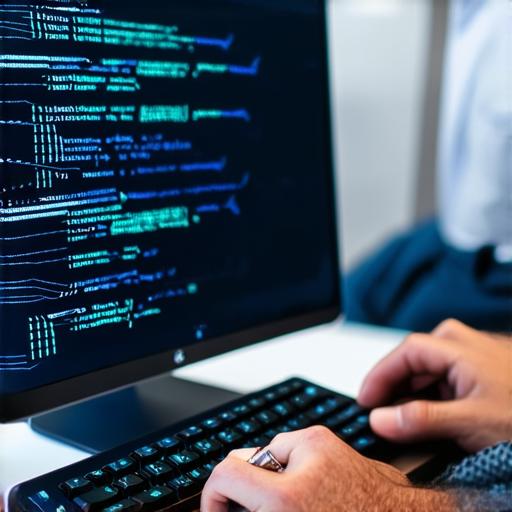Programming software can be a rewarding and exciting hobby or career path, and with the right tools and resources, anyone can learn how to write code.
Step 1: Choose a Programming Language
The first step in becoming a software developer is to choose a programming language. With so many programming languages to choose from, it can be overwhelming to decide which one to start with. Some popular programming languages for beginners include Python, Java, and JavaScript. Each of these languages has its own unique features and applications, so it’s important to do your research and choose the one that best suits your interests and goals.
Step 2: Install a Programming Environment
Once you’ve chosen a programming language, the next step is to install a programming environment. A programming environment is a software suite that provides all the tools and resources you need to write, compile, and run code. There are many different programming environments available for each programming language, but some of the most popular ones include:
- Python: Python comes with its own integrated development environment (IDE), called IDLE. You can also use other IDEs like PyCharm or Visual Studio Code.
- Java: Java comes with a software development kit (SDK) that includes an IDE called Eclipse. You can also use other IDEs like IntelliJ IDEA or NetBeans.
- JavaScript: There are many different programming environments for JavaScript, including Sublime Text, Atom, and Visual Studio Code.

It’s important to choose a programming environment that suits your needs and preferences. Consider factors such as ease of use, available features, and community support when making your decision.
Step 3: Learn the Basics of Programming
Now that you have a programming environment installed, it’s time to start learning the basics of programming. Every programming language has its own syntax, which is essentially the set of rules for writing code in that language. It’s important to learn these rules so that you can write code that will compile and run correctly.
There are many resources available online for learning the basics of programming, including tutorials, videos, and interactive coding exercises. Some popular websites for learning programming include Codecademy, Coursera, and edX. You can also find free coding courses on YouTube or by searching for “learn to code” on Google.
It’s important to start with the basics before diving into more complex topics. This will give you a strong foundation in programming and make it easier to learn new concepts as you go along.
Step 4: Practice Writing Code
The best way to become a better programmer is to practice writing code. One of the best ways to do this is to work on small projects that challenge you and force you to think creatively. For example, you could try building a simple calculator or a game that displays your name when you click a button.
As you work on these projects, it’s important to break them down into smaller tasks and focus on one task at a time. This will help you stay organized and focused, and make it easier to identify and fix mistakes in your code. Don’t be afraid to ask for help or seek feedback from more experienced programmers if you get stuck.
Step 5: Join a Community of Programmers
One of the best ways to become a better programmer is to join a community of programmers. There are many online communities and forums where you can connect with other programmers, ask questions, and share your own code for feedback. You can also attend meetups and conferences in your local area to network with other programmers and learn about new technologies and techniques.
Step 6: Keep Learning and Growing
Programming is a constantly evolving field, with new technologies and tools being developed all the time. It’s important to stay up-to-date with these developments and to continue learning as you work on your projects. This will help you become a more efficient and effective programmer, and prepare you for future career opportunities in the field.
One way to keep learning is to read about new technologies and techniques in programming blogs and magazines. You can also attend workshops and training sessions to learn from experienced programmers and gain hands-on experience with new tools and technologies. Finally, consider pursuing advanced degrees or certifications in computer science or related fields to further your education and enhance your career prospects.
